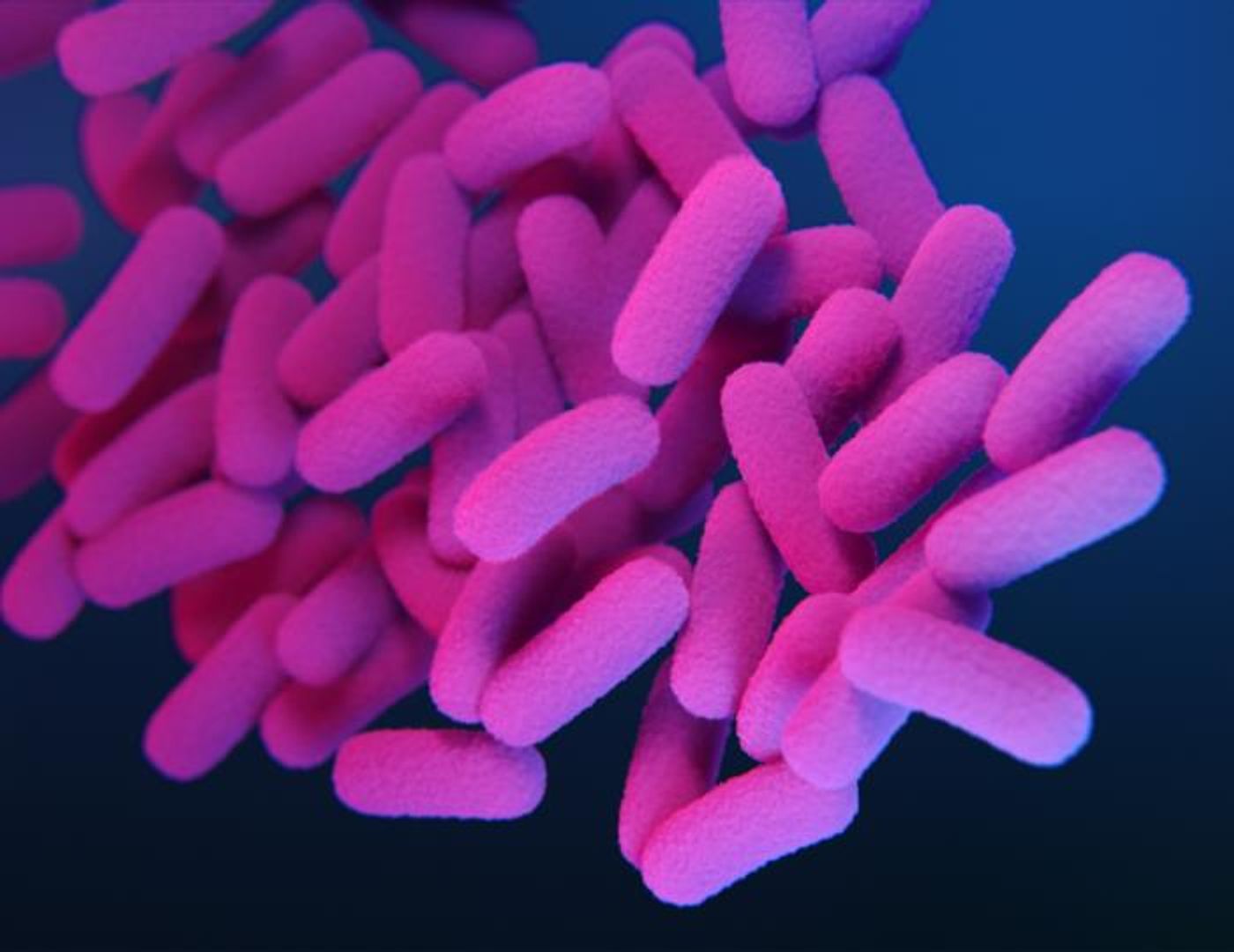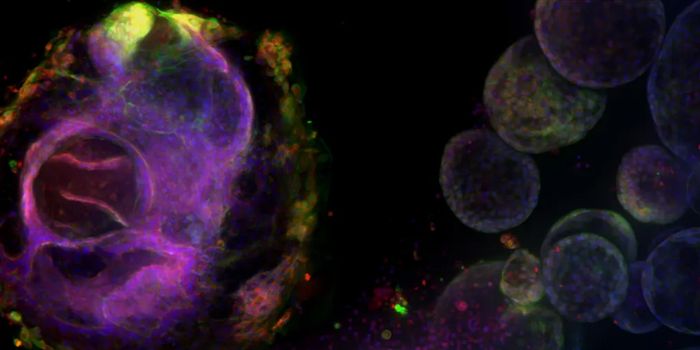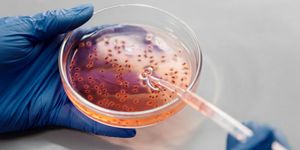Confronting the Problem of Heteroresistance in Bacteria
Are all bacterial cells in a group alike? It doesn't seem so. A population of bacterial cells may be heteroresistant, which is to say that some may be able to evade the effects of antibiotics, while other bacterial cells in the same population might be susceptible to the same antibiotic. Microbes that are capable of heteroresistance can be particularly tough to identify and treat when they cause an infection.
While antibiotic resistant microbes are already a major threat that is thought to contribute to the deaths of millions of people around the world every year, and cause about 700,000 deaths directly, heteroresistance may be another complication in the fight against these pernicious pathogens. Scientists have estimated that by the year 2050, antibiotic resistance may lead to the deaths of 10 million people every year.
"It could be even worse if heteroresistance and other subpopulation behaviors that, right now, are not even classified as resistance are taken into account," stated Professor David S. Weiss, Ph.D., director of the Emory Antibiotic Resistance Center, at the American Society of Microbiology's 2024 meeting.
Heteroresistance may arise in many different types of microbes, and can impact the efficacy of many different drugs including fluoroquinolones, aminoglycosides, and β-lactams.
All it takes for heteroresistance to develop is the growth of a small subpopulation of bacteria that can resist the effects of antibiotics at up to 8 times their prescribed dosage.
This characteristic can also arise in different ways. For example, there are some types of bacteria, which are classified as Gram-negative based on their cell membrane, that can increase the activity of drug resistance genes, so pathogenic microbes not only survive but also produce more resistant cells. Other paths to resistance might include genetic mutations in bacterial proteins that are targeted by drugs, so the drugs don't work anymore. Or, such mutations might also impact necessary co-factors.
Another issue is how antibiotic treatment might affect the situation. Without any drug, all of the microbes have a roughly equal chance of proliferating. But when a drug is added, it's far more likely that only resistant cells will reproduce. If the drug is eliminated, the susceptible population can grow again. Another complication is that resistant cells may sometimes revert to susceptible cells.
Work has also shown that when an infected host is under stress, the immune system may even promote the growth of heteroresistant bacteria.
This research has highlighted the broad heterogeneity of bacterial cells, even in the same population. While a group of microbes may grow from a single cell, it seems the daughter cells may not always remain exact copies of the original. All of this combines to create a diagnostic disaster, because bacteria that are isolated from a sick patient may not actually represent the true scenario. Scientists are still working to determine how common this problem is in the clinic, and estimates vary significantly from very few cases to as many as 60 percent of problematic infections.
Diagnostic tests are also mostly based on the assumption that all of the cells in a population of bacteria will be the same. Clearly, more effort is needed to create tests that can address this issue. Right now, combination antibiotic therapy is emerging as a possible way to treat heteroresistant infections.
"[We] lack of a uniform standard of validation methods that are feasible to incorporate in our clinical labs. Establishing these methods is really important for us in the heteroresistance field," noted Vanthida Huang, Pharm.D., BSPHM, FCCP, a professor in the College of Pharmacy at Midwestern University.
Sources: American Society for Microbiology, Nature Microbiology, World Health Organization









